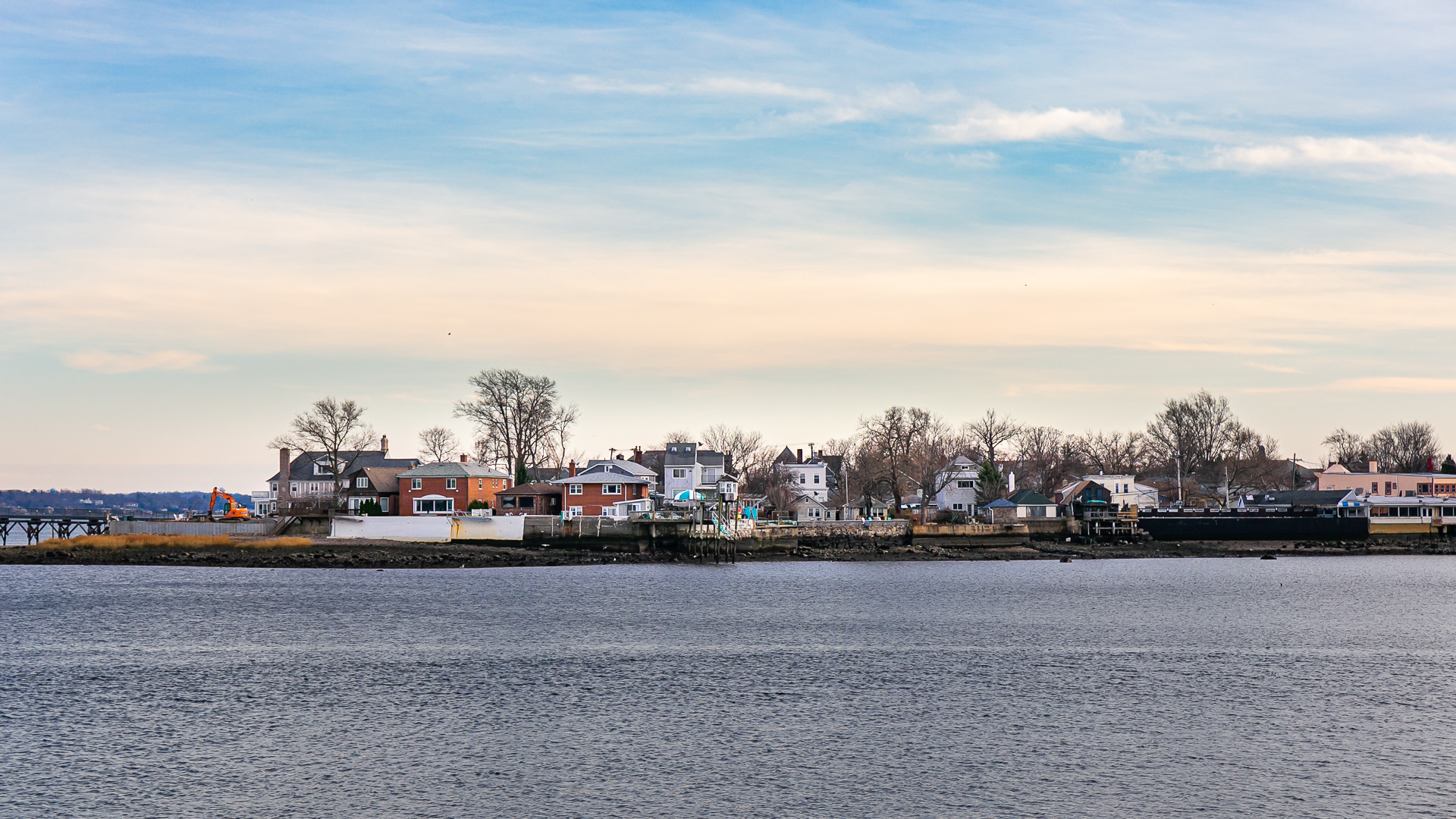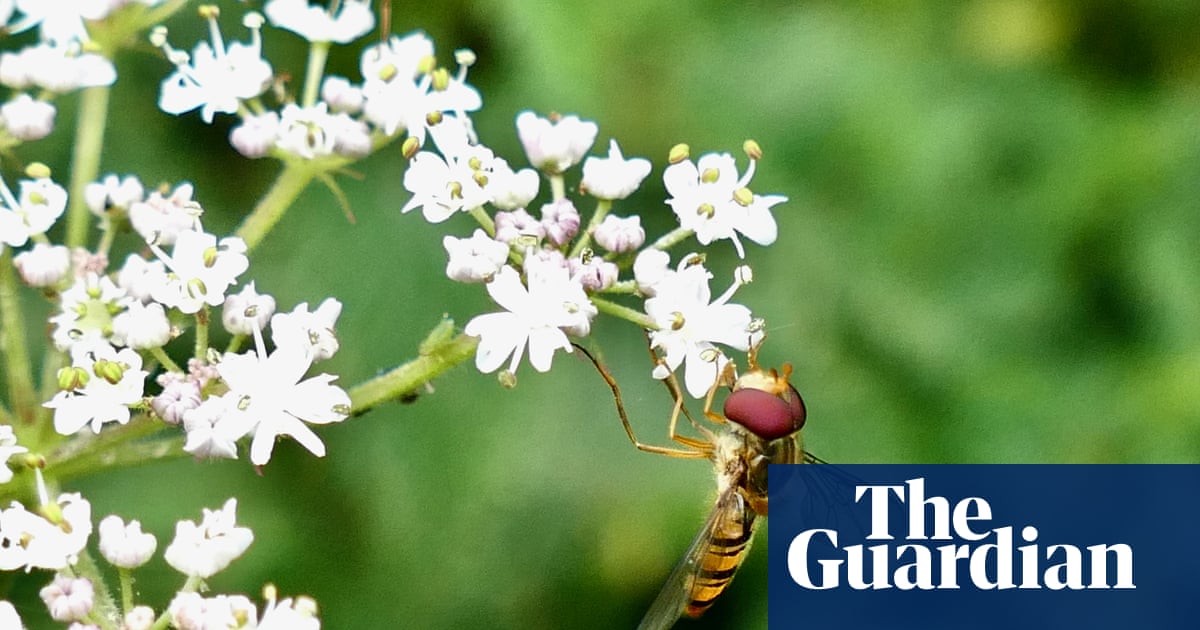#urban-ecology
#urban-ecology
[ follow ]
#biodiversity #new-york-city #public-art #light-pollution #pollinators #oyster-restoration #citizen-science
fromTime Out New York
1 month agoCheck out 21 stunning new murals transforming NYC's community gardens
New York's community gardens have always been tiny pockets of magic-places where tomatoes, neighbors and the occasional rogue pigeon can peacefully coexist. Now they're bird sanctuaries of a more artistic kind, thanks to 21 freshly painted murals unveiled this week across gardens in the Bronx, Brooklyn, Manhattan and Queens. The project, a collaboration between the National Audubon Society, , GreenThumb and Gitler &_____ Gallery , splashes 24 climate-threatened bird species (plus more than 30 native plants) across walls, sheds and fences citywide.
Environment
fromwww.theguardian.com
1 month agoThe luxury effect: why you'll find more wildlife in wealthy areas and what it means for your health
A team of ecologists went out into their own neighbourhood to map the distribution of urban plants in one of the first studies of its kind. Equipped with tape measures and clipboards, they documented trees and shrubs, sometimes getting on all fours to crawl through bushes under the curious watch of local people. We had a lot of fun. Little kids loved our measuring wheel, says Prof Ann Kinzig, from Arizona State University.
Environment
Design
fromdesignboom | architecture & design magazine
2 months agogabion walled-pavilion surrounds biodiverse courtyard at expo 2025 osaka
Future Life Village at Expo 2025 Osaka is a village-like pavilion by KOMPAS showcasing decentralized, nature-integrated exhibition units and experimental recycled-material construction.
fromCity Limits
2 months agoOpinion: Immigrant Youth Are New York's Future. It's Time We Invest Like It
This past summer, you could find Juan at the Mercedes Club pool, perched on a lifeguard stand and scanning the water with steady focus. A little shy and incredibly tenacious, he had landed one of the hardest summer jobs for New York City teens. The summer before, he worked further uptown with Futures Ignite 's Urban Ecology Lab, testing air and water quality at Sherman Creek through our partnership with the New York Restoration Project.
Education
fromwww.popularmechanics.com
2 months agoThe Rats of New York City Have Developed Their Own Language
New York City is home to some three million rats, and learning how these rodent residents navigate and communicate is vital to understanding their impact on humans. A new preprint shows attempts to compare observations of brown rats in the city to the behaviors described in scientific literature more broadly. Studying rats in three locationscity parks, sidewalks, and the subwaythe team found that NYC rats are incredibly adaptable, changing their vocalizations based on different ambient backdrops.
Science
fromState of the Planet
2 months agoExploring Essential Ecosystems for a Thriving Urban Future
The Bronx River was once heavily altered by industrial activity and has been the subject of significant restoration efforts to improve its ecological health and connectivity. One major project is the construction of a fish passage at the East 182nd Street Dam, which aims to improve aquatic species migration and enhance the ecological functioning of the river. By facilitating the movement of fish that had previously been blocked by the dam, this project would promote a healthier aquatic ecosystem.
Environment
fromDesign You Trust - Design Daily Since 2007
3 months agoArtist Agnes Denes Grow a Field of Wheat in in Lower Manhattan, New York, 1982
In 1982, conceptual artist Agnes Denes transformed a barren landfill near Wall Street into a two-acre wheat field for her project *Wheatfield - A Confrontation*. Commissioned by the Public Art Fund, the work involved months of labor, including soil preparation, hand-digging furrows, and planting seeds. Denes and her team maintained the field through irrigation, weeding, and fertilizing, ultimately harvesting over 1,000 pounds of wheat.
Arts
fromwww.independent.co.uk
4 months agoOverflowing bins and climate change: Why might rats be getting bigger in the UK?
Experts have noted that overflowing bins and food waste contribute significantly to the growing sizes of rats in urban areas, leading to larger and more difficult-to-manage populations.
UK news
fromBrownstoner
4 months agoFour Sparrow Marsh Wetlands Restoration Helps Jamaica Bay
The restoration of the salt marsh at Fort Sparrow Marsh, involving the removal of 9,000 tons of dirt and the planting of native flora, aims to improve the health of Jamaica Bay, one of New York City's critical natural areas.
Environment
London politics
fromwww.independent.co.uk
6 months agoCampaigners fight to save 120-year-old tree from irrational' local council
The article discusses the importance of quality journalism in addressing critical social issues.
Local campaigners are fighting against the removal of a historic London Plane tree deemed vital for urban ecology.
[ Load more ]










